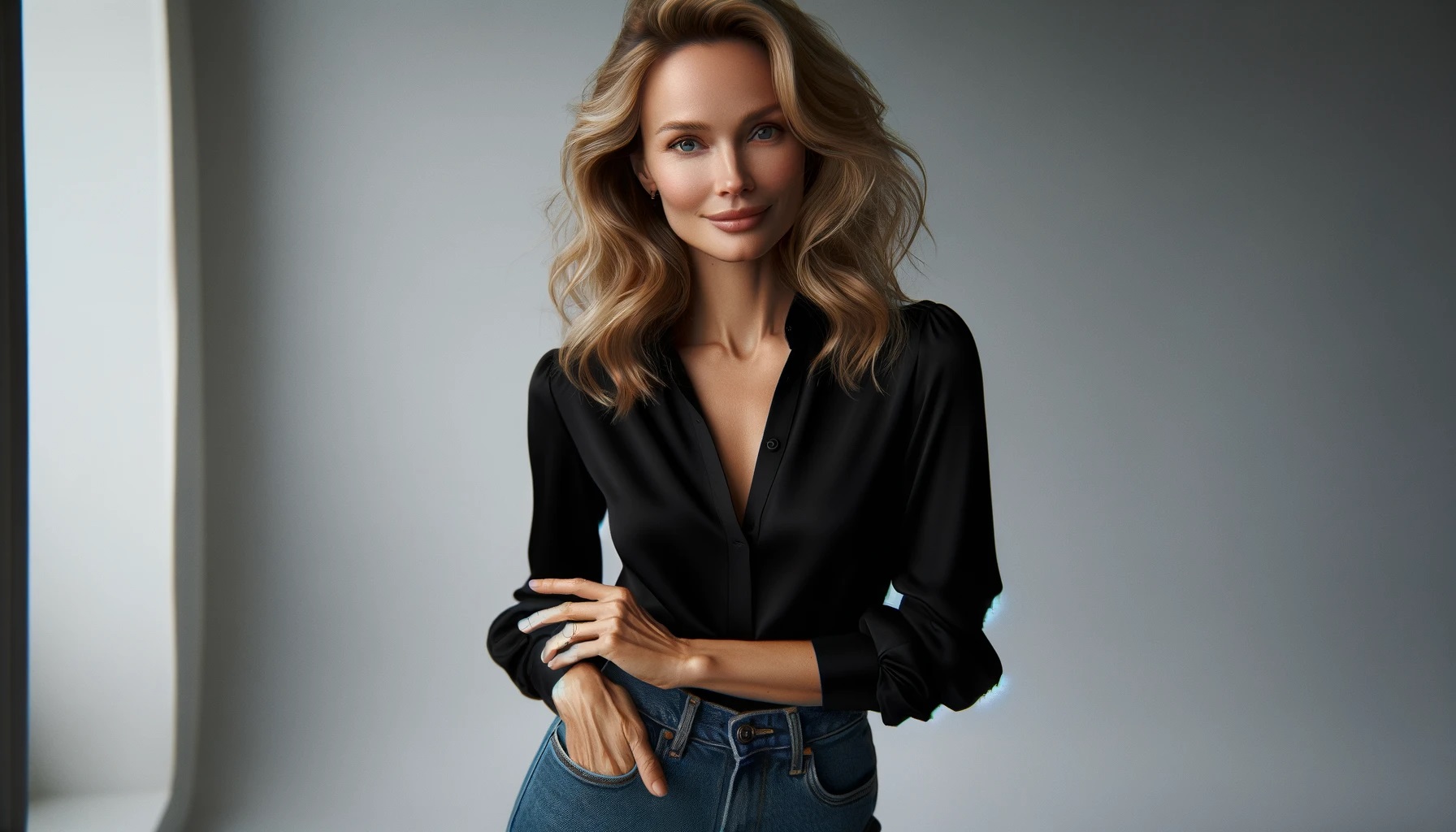Do you like wearing clothes that are soft, warm, and cozy? Or do you like clothes that have different colors, shapes, and designs? Do you know what makes your clothes look and feel the way they do? It’s all because of the tiny pieces of stuff that make up your clothes. These pieces are called textile fibers.
A textile fiber is a thin and long piece of stuff that can be twisted with other pieces to make a string or a thread. A thread can be woven or knitted with other threads to make a cloth or a fabric. A fabric can be cut and sewn to make a clothing item, such as a shirt, a dress, or a jacket. Textile fibers are very important for making clothes and other things that we use every day, such as blankets, towels, curtains, or carpets.
But not all textile fibers are the same. There are many kinds of textile fibers that come from different places and have different qualities. In this article, we will learn some fun facts about textile fibers that you need to know.
1. Textile fibers can come from nature or from people
Textile fibers can be divided into two big groups: natural and synthetic. Natural fibers are those that come from plants or animals, such as cotton, wool, silk, or flax. Synthetic fibers are those that are made by people from chemicals or natural materials, such as nylon, polyester, rayon, or acrylic.
Natural fibers have some good things and some bad things about them. For example, they can be good for the earth because they can break down easily and grow again. They can also be good for our skin because they can let air pass through them and keep us cool. However, they can also have some problems, such as getting smaller when washed, getting wrinkled easily, losing their color over time, or getting eaten by bugs or mold.
Synthetic fibers have some good things and some bad things about them too. For example, they can be good for making clothes that last longer and look nicer. They can also be good for making clothes that are easy to wash and iron. However, they can also have some problems, such as being bad for the earth because they don’t break down easily and use a lot of oil. They can also be bad for our health because they can release harmful chemicals into the air or water.
2. Textile fibers can have different shapes and sizes
Textile fibers can look different under the microscope depending on where they come from and how they are made. For example, cotton fibers look like tiny tubes with a hole in the middle. Wool fibers look like tiny scales that stick out. Silk fibers look like smooth and round strands. Nylon fibers look like smooth and even strands.
The shape and size of a fiber can change how it behaves and feels. For example, a fiber with a bigger surface area can evaporate our perspiration quicker than a fiber with a smaller surface area. A fiber with a rough surface can create more heat or friction than a fiber with a smooth surface. A fiber with a curly shape can create more bounce or stretch than a fiber with a straight shape.
3. Textile fibers can be mixed together
Textile fibers can be mixed together to make fabrics with better qualities or features. For example, cotton can be mixed with polyester to make a fabric that is soft and cool but also strong and wrinkle-free. Wool can be mixed with silk to make a fabric that is warm and fuzzy but also light and smooth.
Mixing fibers can also make new effects or patterns in fabrics. For example, heathered fabrics are made by mixing fibers of different colors together. Tweed fabrics are made by mixing fibers of different thicknesses or textures together.
4. Textile fibers can be changed or improved
Textile fibers can be changed or improved by using different ways of heating them, washing them, or adding things to them. For example,
- Mercerization is a way of treating cotton fibers with a strong alkali such as sodium hydroxide to make them stronger, shinier, and rich in color after dyeing.
- Carbonization is a way of heating wool fibers with a strong acid to remove dirt or plants that get stuck in them.
Some other ways of changing or improving fibers are:
- Crimping: making synthetic fibers wavy or curly to make them thicker or stretchier.
- Texturizing: making synthetic fibers bumpy or loopy to make them softer or prettier.
- Finishing: adding things like starches, resins, waxes, or softeners to fibers to make them feel or work better.
5. Textile fibers can affect the earth and people
Textile fibers can have good or bad effects on the earth and people depending on where they come from and how they are made. For example,
- Organic cotton is grown without using chemicals, artificial fertilizers and pesticides that can hurt the soil or water.
- Bamboo is a plant, from which fibers can be made, grows very fast and can make new plants without being planted again and uses less water than other plants.
- Hemp is a plant that can make strong and long-lasting fibers while also making the soil better and stopping erosion.
However,
- Polyester is made from a plastic that can break into tiny pieces (called microplastics) and get into the water when washed.
So, it is important to know where the textile fibers we use come from and how they affect the earth and people.
Textile fibers are amazing and different. They can tell us a lot about the past, present, and future of clothes. They can also change the way clothes look and feel. By knowing more about textile fibers, we can enjoy them more and use them better.



